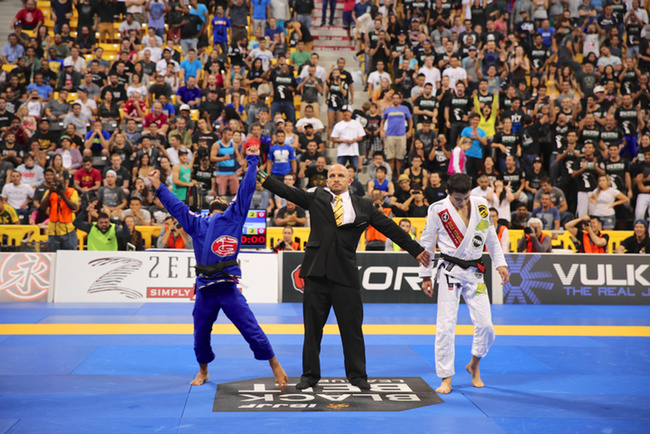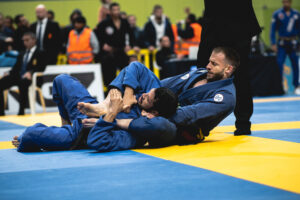The start of any escape in BJJ or submission grappling comes from your opponent making (or maintain) their frames. If you can kill those frames, your ability to control your partner and submit them will become much easier.
This short video covers three ways you can neutralise your opponent’s frames from side control. Although the video is taken from a No Gi class, the same principles work just as well in the Gi too.
Did you download your Free copy of Performance Drilling?
Performance Drilling is Tom’s first eBook that outlines his drilling method for faster development of skill.
Visit https://escapologybjj.com/performance-drilling/ to get your FREE copy and get more BJJ goodness delivered directly to your inbox.




